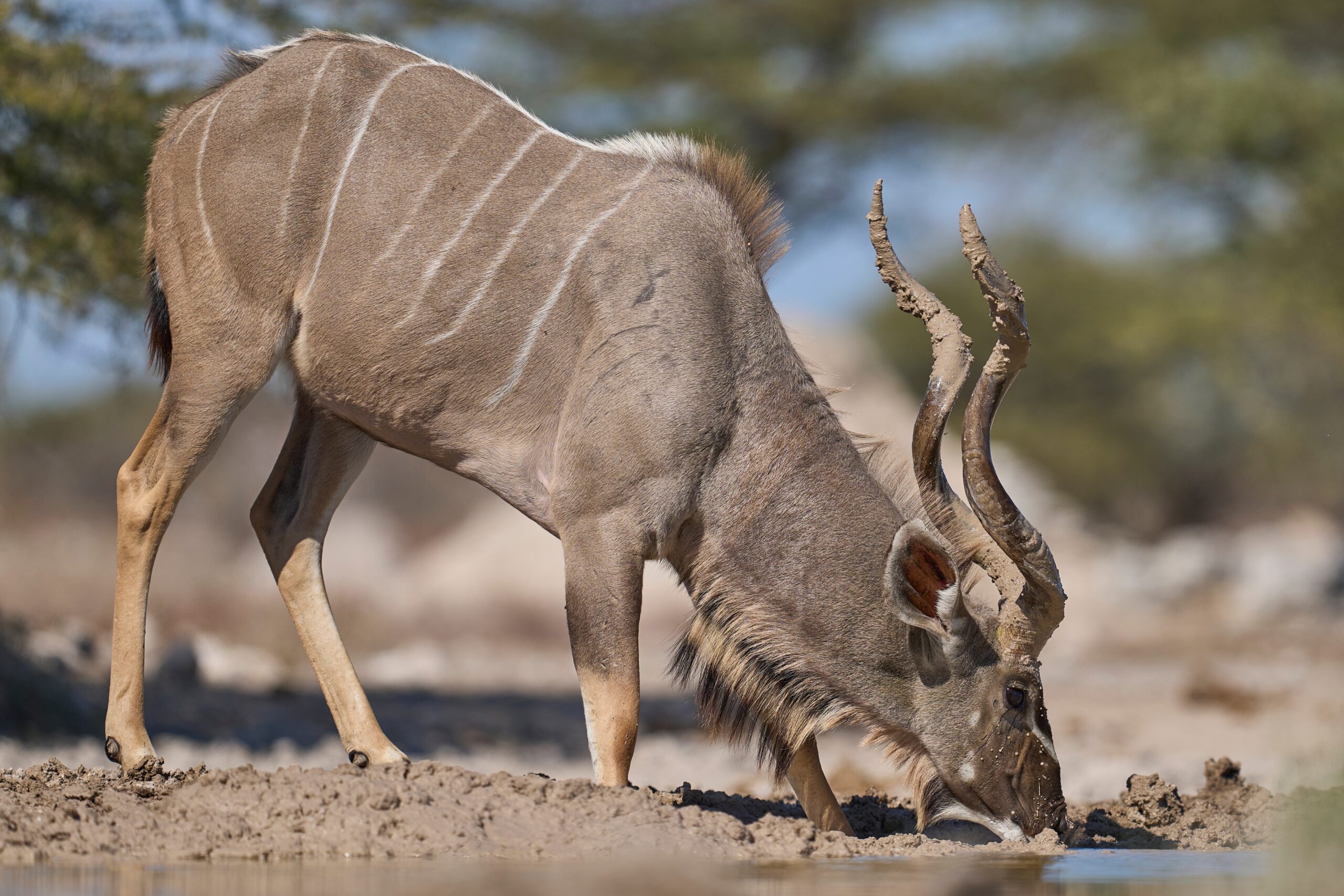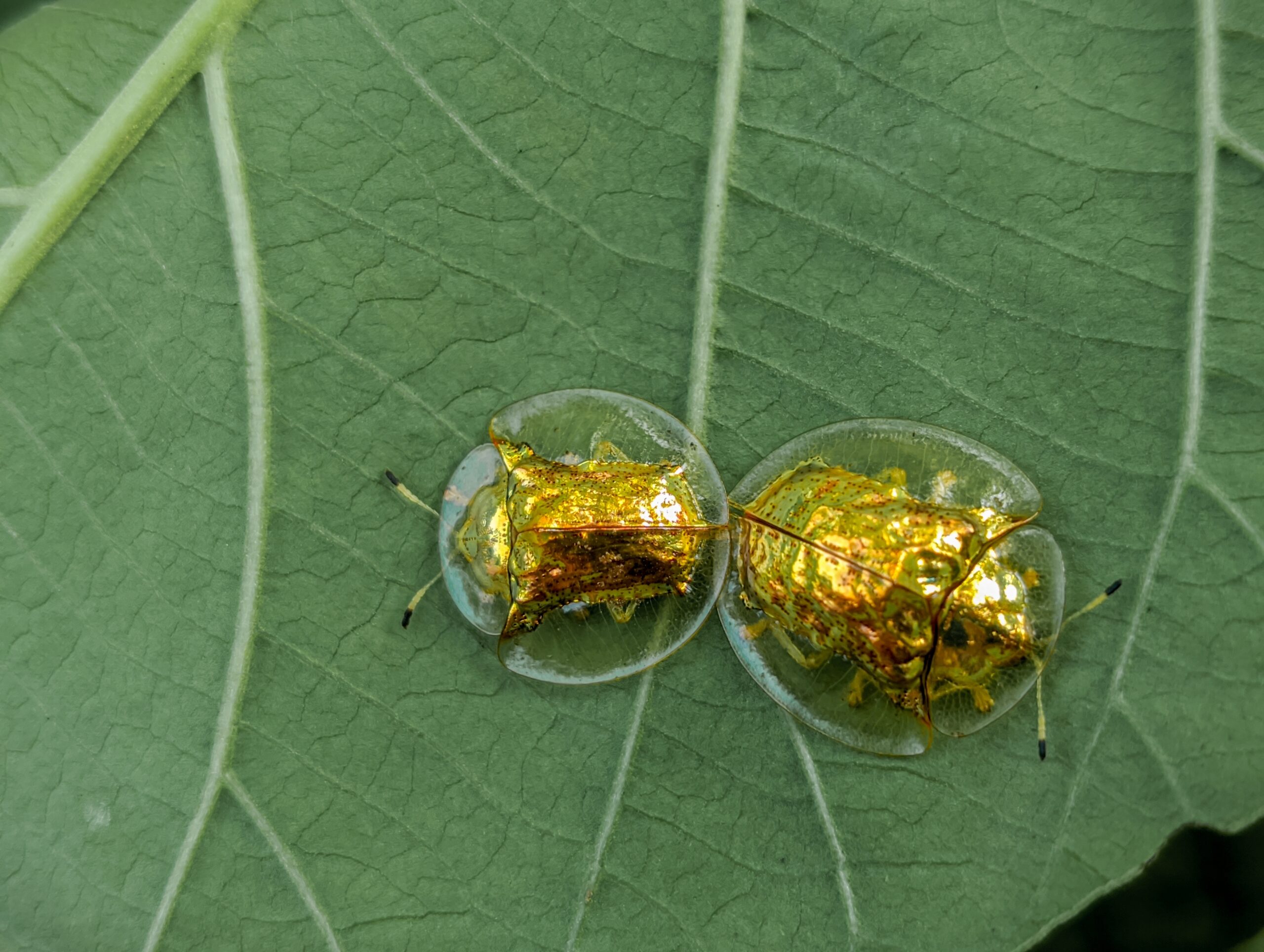Birds are known for their incredible diversity, and one of the most fascinating aspects of their behavior is their courtship rituals. From dazzling dances to elaborate displays of color and sound, these rituals are designed to attract a mate and demonstrate fitness. Each species has developed its own unique approach, with some going to extraordinary lengths to impress potential partners. In this article, we’ll explore some of the most unusual and captivating courtship behaviors in the bird world, revealing the beauty and complexity behind their mating rituals.
Satin Bowerbird
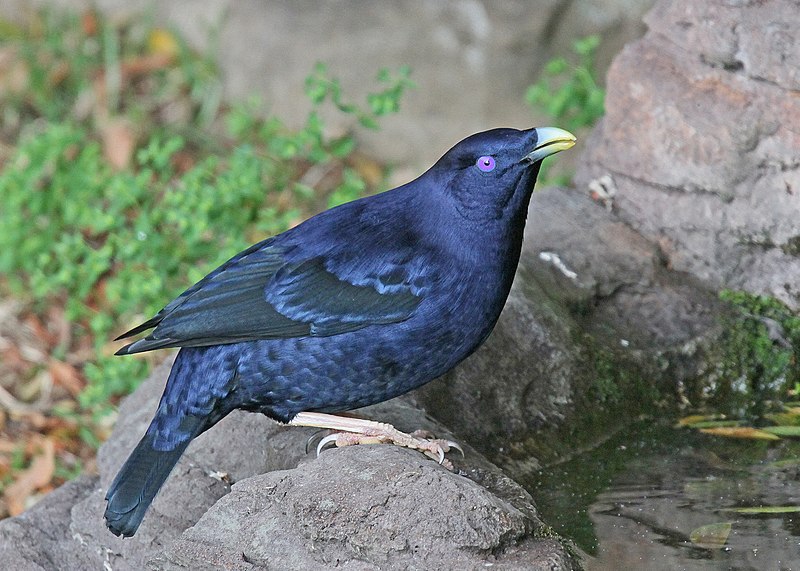
The satin bowerbird’s courtship revolves around building a bower made of twigs and decorating it with blue objects. The male spends hours carefully arranging items like berries, flowers, and even human-made objects like bottle caps. Once the bower is complete, the male performs a complex dance in front of it, accompanied by a series of whistles and mechanical sounds. Females inspect both the bower and the male’s dance before choosing a mate. The male’s skill in constructing and decorating the bower directly impacts his success in attracting a partner.
Greater Sage-Grouse
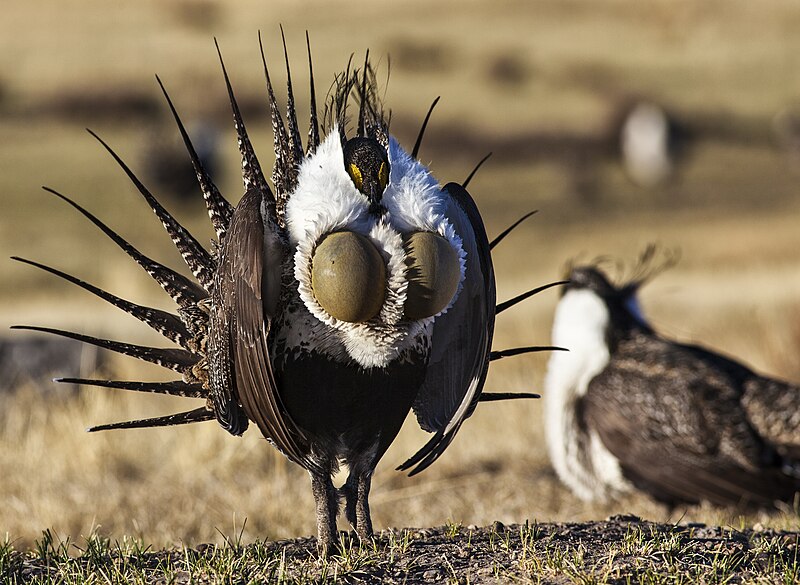
Greater Sage-Grouse males gather in large groups, called leks, to perform elaborate displays. They puff up their chests, inflate yellow air sacs on their necks, and fan their tail feathers in a striking visual performance. These displays are accompanied by distinctive popping sounds that resonate across the lek. Females watch from the sidelines, assessing each male’s performance before choosing a mate. The more impressive the display, the better the male’s chance of mating. This ritual occurs at dawn, adding an ethereal quality to the spectacle.
Red-Capped Manakin
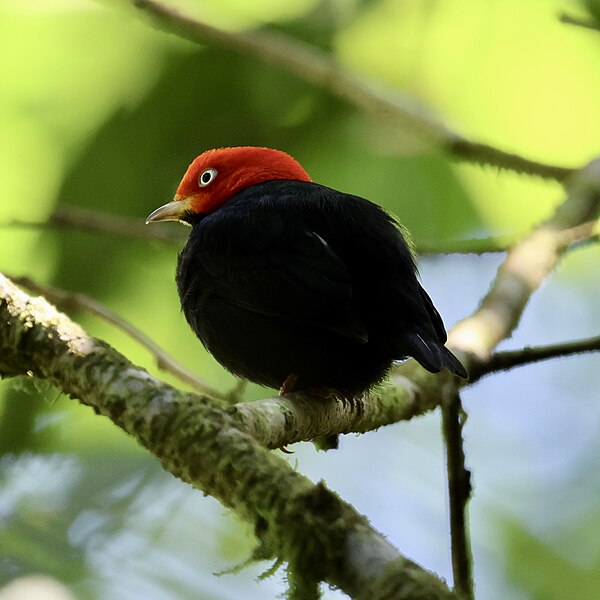
Known for its moonwalk-like dance, the red-capped manakin is a true performer. Males perform on horizontal branches, sliding rapidly from side to side in a display that looks like a smooth, gliding dance. As he moves, he flaps his wings to create a buzzing sound, further drawing attention to his performance. Females are highly selective, watching closely to choose the most skilled dancer. The male’s vibrant red head and jet-black body make the display even more eye-catching. This ritual is all about finesse and movement.
Peacock
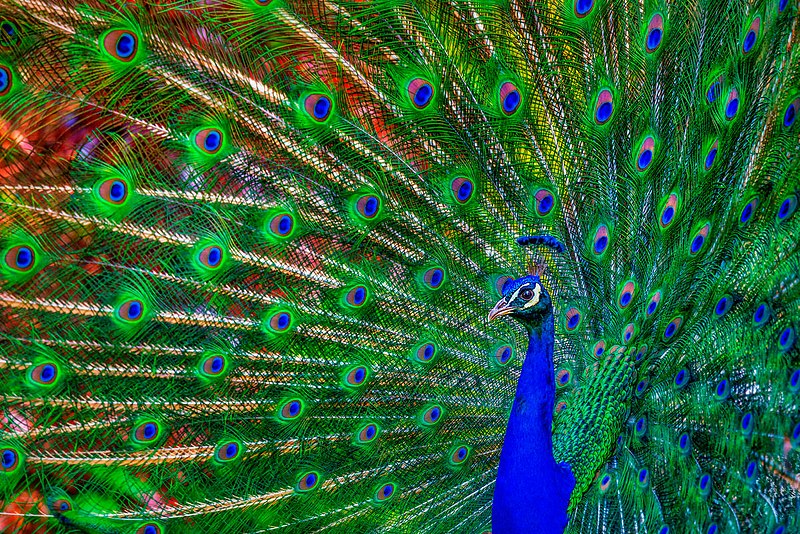
Peacocks are famous for their spectacular tail feathers, which they fan out during their courtship display. The male shakes his tail in a shimmering display of vibrant colors, making sure to face the female directly. His feathers create an iridescent pattern of eyespots, which are believed to attract mates by signaling good health. The larger and more vibrant the tail, the more likely the male is to impress the female. Peacocks also emit a series of calls to capture further attention. This combination of visual and auditory cues makes their courtship truly captivating.
Wilson’s Bird-of-Paradise
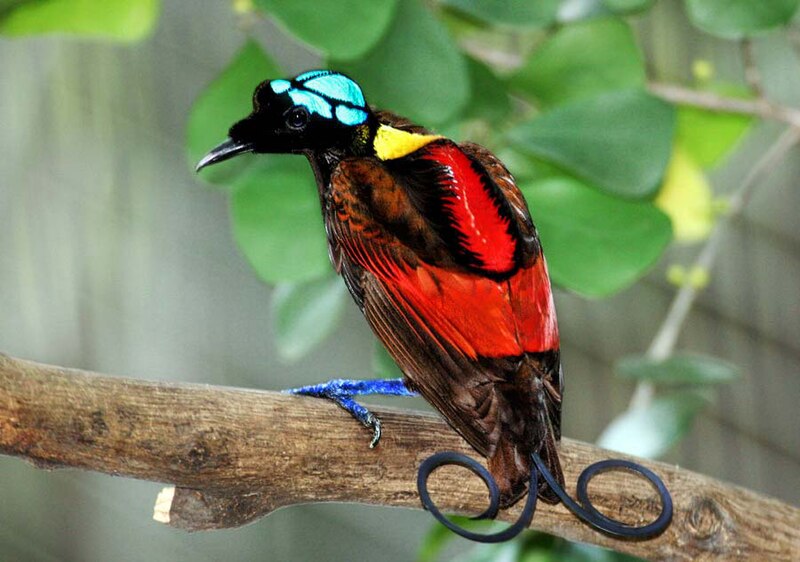
This species is known for its surreal, almost otherworldly courtship ritual. The male clears an area on the forest floor, creating a stage to showcase his brightly colored plumage. He then performs a series of elaborate movements, spreading his wings and turning his back toward the female to reveal his striking blue crown and yellow back. His vivid colors contrast with the dark forest floor, making the display even more striking. During the performance, he makes mechanical-sounding calls to enhance the spectacle. Females are drawn to both the complexity of the display and the brilliance of his colors.
Blue-Footed Booby
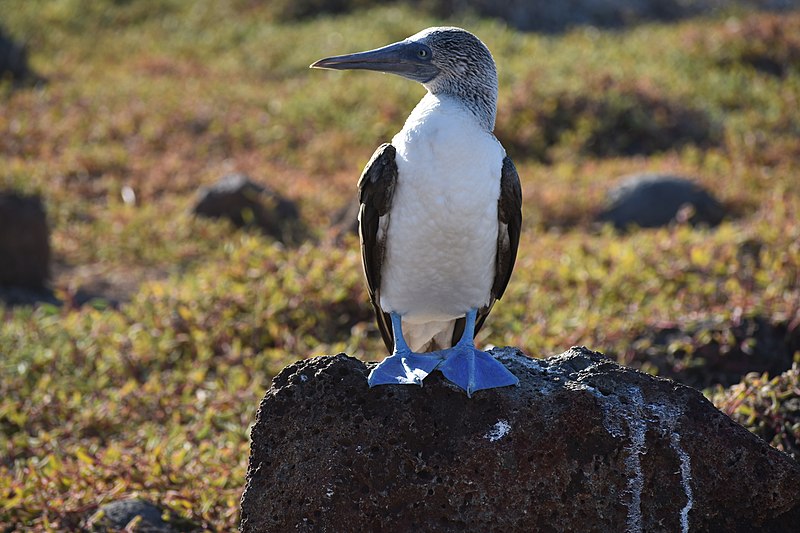
The blue-footed booby gets its name from its distinctively colored feet, which play a crucial role in its courtship ritual. Males lift their feet one at a time, in a slow and deliberate march, to show off their bright blue hue. The brighter the blue, the healthier the male, and therefore more attractive to the female. Along with this foot display, males perform a synchronized dance, accompanied by whistling sounds. This display is capped off by offering small pebbles or twigs to the female as part of a mock nest-building ritual. The elaborate performance is both charming and purposeful.
Magnificent Frigatebird
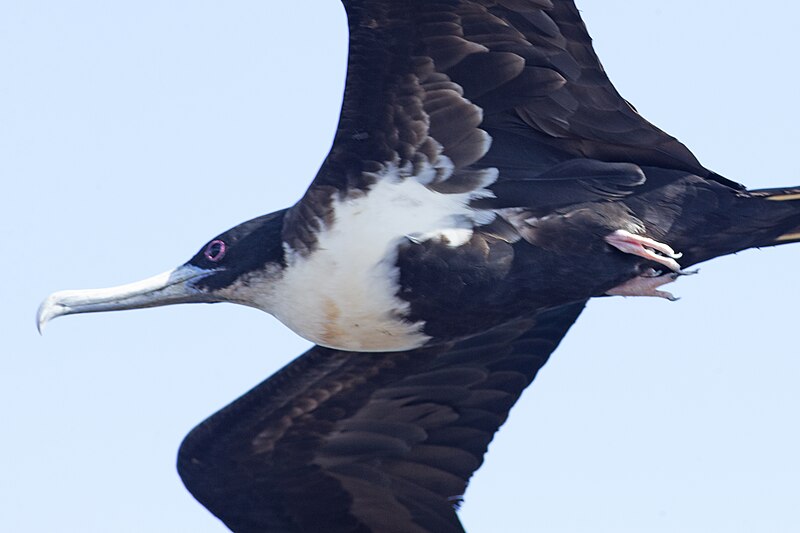
The male magnificent frigatebird’s courtship involves inflating a large red throat pouch that balloons out like a heart-shaped display. He perches on a branch with his wings spread wide and throat fully inflated, hoping to catch the eye of a passing female. In addition to this visual display, he makes drumming sounds by vibrating his throat sac. This ritual can last for several hours, with the male displaying persistence and endurance. Females are drawn to males with the largest, most vibrant pouches. This dramatic ritual emphasizes visual impact and strength.
Long-Tailed Widowbird
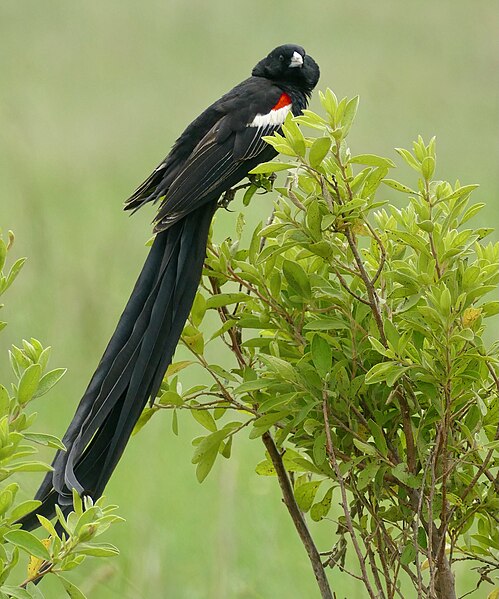
The long-tailed widowbird’s courtship display revolves around its impressive tail feathers, which can be up to three times the bird’s body length. Males perform aerial displays, flying in slow, looping patterns to show off their long black tails. The exaggerated tail length signals genetic fitness, as carrying such a cumbersome tail requires considerable strength. Females watch these displays intently, selecting the male with the most impressive flight and tail. In addition to flight, males build small nests to demonstrate their suitability as mates. This combination of visual and practical displays helps win over females.
Superb Lyrebird
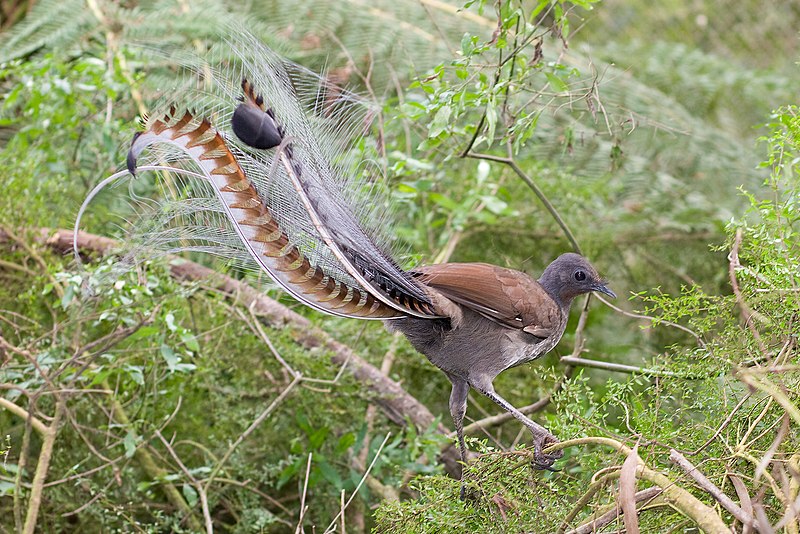
Superb lyrebirds are known for their extraordinary vocal mimicry, which they use to impress potential mates. Males can imitate the calls of up to 20 different bird species, as well as other sounds like chainsaws or car alarms. While singing, the male also fans out his spectacular tail feathers, which resemble a lyre, adding a visual element to his performance. He performs on a carefully prepared stage, clearing leaves and twigs from a chosen area in the forest. This mix of sound and spectacle creates a mesmerizing display for females. The more varied the repertoire, the more likely the male is to succeed in courtship.
Andean Cock-of-the-Rock
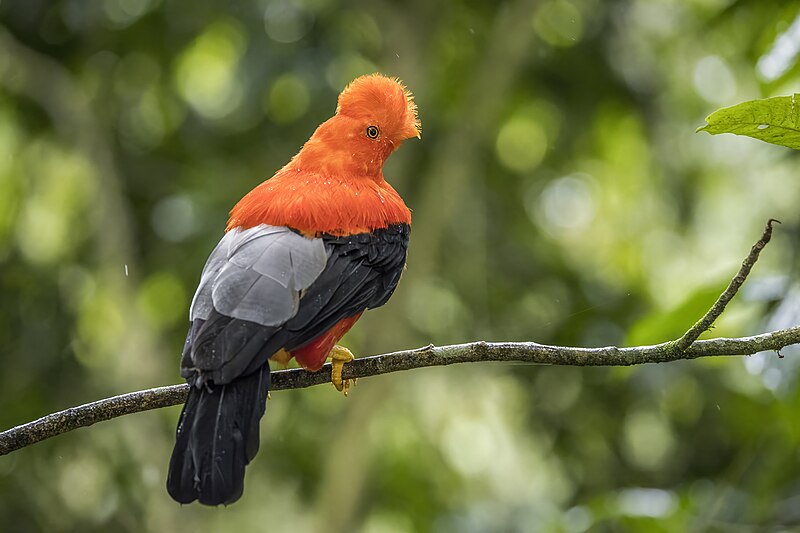
This vibrant bird, native to South America, performs a highly energetic courtship display. Males gather in leks, where they hop between branches, fluff their bright orange feathers, and make loud, grating calls to attract females. They also perform a head-bobbing dance, shaking their distinctive fan-shaped crests. Females observe these performances closely, choosing mates based on the intensity of their display. The combination of noise, movement, and vivid color makes their courtship ritual a dynamic spectacle.
King of Saxony Bird-of-Paradise
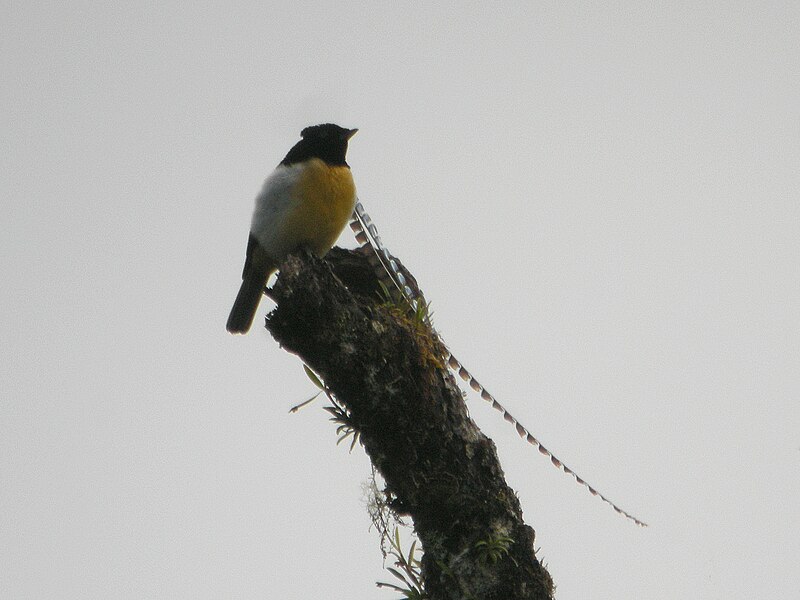
This species is known for its bizarre and striking head feathers, which extend far beyond the head like long, decorative wires. During courtship, the male displays these feathers in a series of rapid head movements. He also produces a unique metallic buzzing sound, unlike any other bird species. The display is designed to catch the attention of females, who are drawn to the male’s odd appearance and distinctive sounds. This bird’s combination of visual and auditory displays is both strange and mesmerizing.
Western Grebe
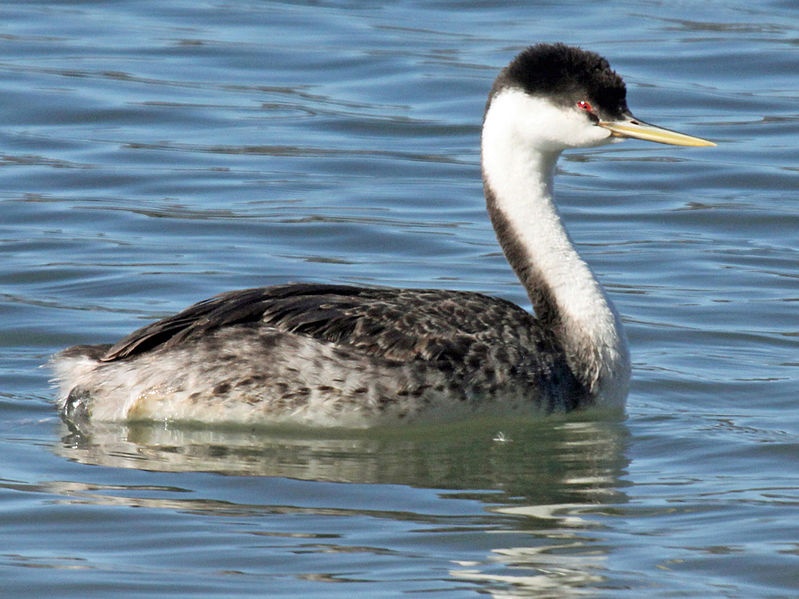
Western grebes engage in a highly synchronized “rushing” display on water, where a pair of birds rise upright and run across the surface. This performance is one of the most remarkable courtship displays among birds, as it requires precise coordination and balance. Males and females perform the ritual together, symbolizing their compatibility. Along with rushing, the pair engage in head-shaking and diving displays, further solidifying their bond. The spectacle is both a demonstration of agility and mutual cooperation, which plays a key role in pair bonding.
Black Grouse
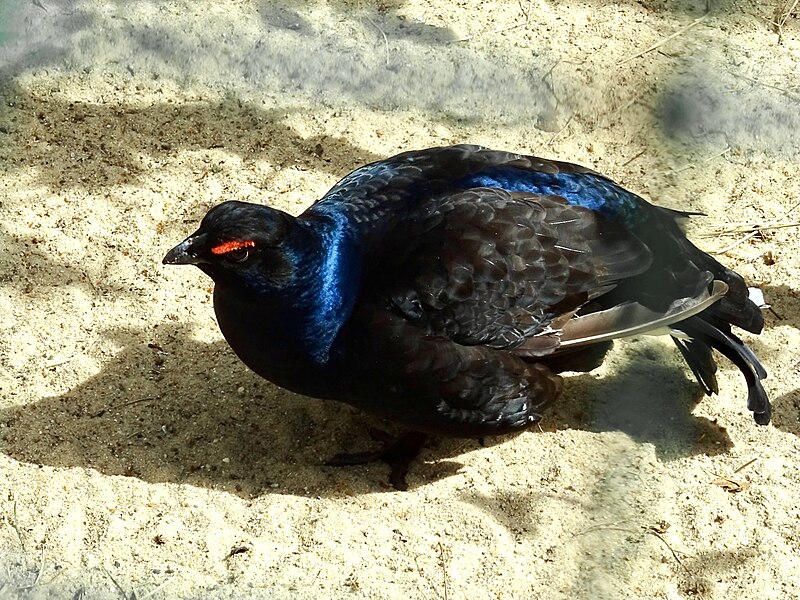
The black grouse’s courtship ritual takes place at dawn in open clearings, where males gather to perform their “lekking” displays. They fan out their tail feathers, inflate their necks, and produce bubbling, cooing sounds to impress watching females. The males often engage in mock battles with each other, puffing up their chests and charging at rivals to assert dominance. Females choose their mates based on both the intensity of the display and the male’s fighting prowess. These dramatic contests are a spectacle of strength, sound, and movement.
Riflebird
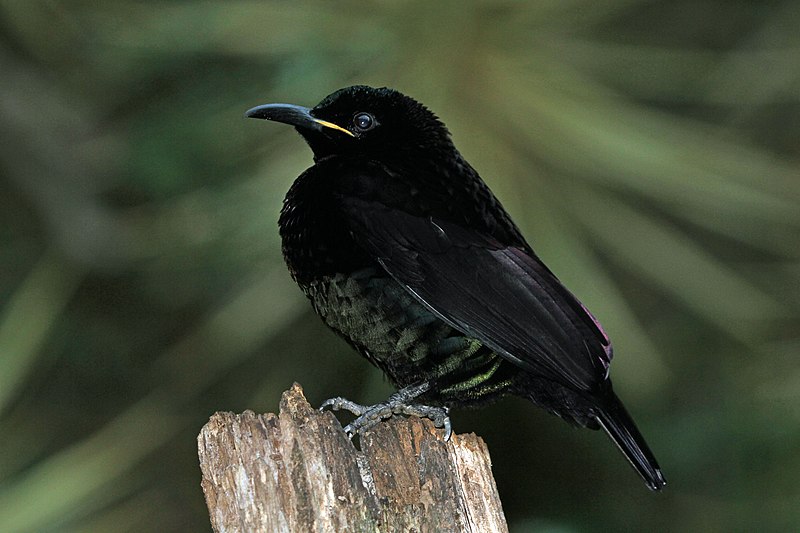
Male riflebirds perform an intricate dance in which they spread their wings and make an arc, resembling a black, winged cloak. This dark backdrop highlights their iridescent throat feathers, which they puff out in a circular display. As they dance, they make clicking sounds and twist their bodies to draw attention to their glossy plumage. The dance is highly choreographed, and each movement is designed to showcase the male’s vitality and control. Females closely observe these performances, selecting mates based on the smoothness of their routine and the vibrancy of their feathers.
This article originally appeared on Rarest.org.
More From Rarest.Org
Nature’s creativity shines through the stunning fur patterns of certain mammals, making them stand out in their habitats. From stripes to spots, these unique designs help with camouflage, identity, and even temperature regulation. Read more.
Growing your own exotic fruits at home is an exciting way to add rare flavors to your garden. Many of these fruits offer unique tastes that are hard to find in stores. Read more.
Beetles come in a wide variety of vibrant colors and intricate designs. These remarkable insects, found in diverse habitats, often captivate with their exotic appearances. Read more.

